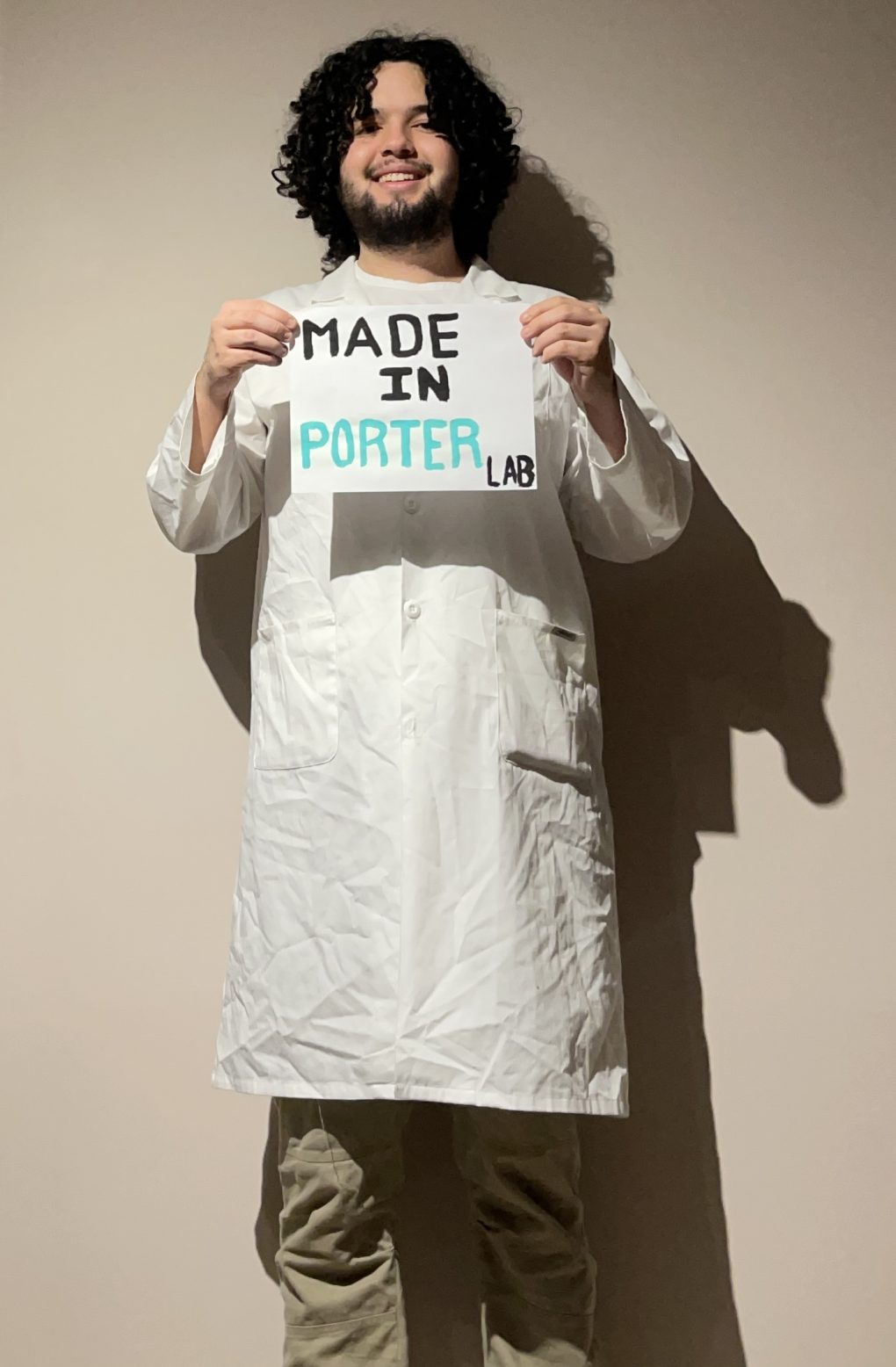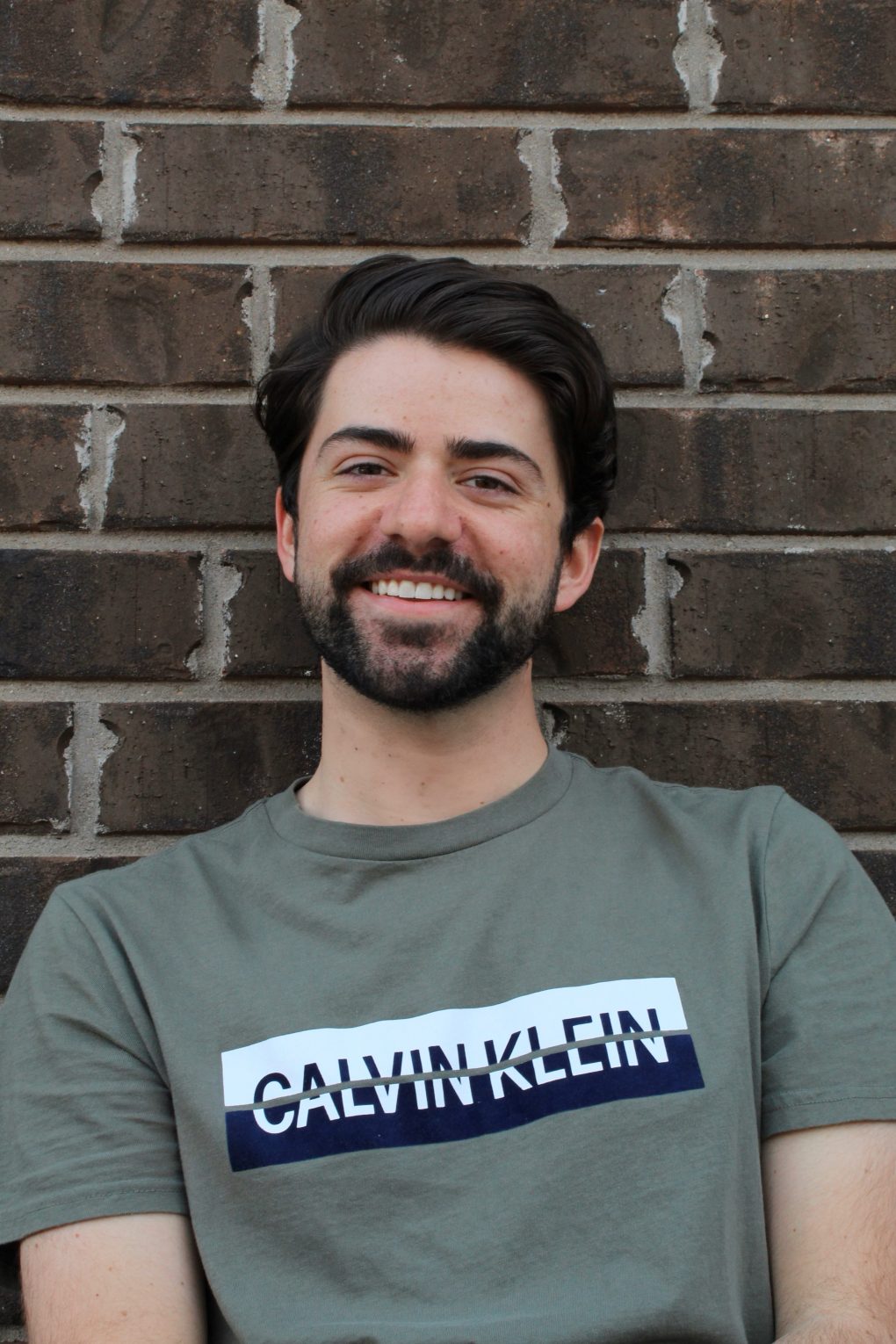Two of our awesome undergraduate students are sharing their projects and experiences during their time in our lab. Check here to read the first post about our 2021 undergraduate students.

Evaluation of the cell cycle regulation in Tuberin knockout cell lines
Tuberin (TSC2) and its binding partner hamartin (TSC1) are tumour suppressor proteins that regulate cell growth and cell proliferation through the mTOR pathway and cell cycle, respectively. Mutations in these genes are related to many proliferative diseases such as Tuberous Sclerosis Complex (TSC) and cancers. Our lab has determined a novel role for TSC2 as a cell cycle regulator at the G2/M transition. TSC2 can bind to the G2/M cyclin, Cyclin B1 (CycB1), and retain this cyclin in the cytoplasm, delaying mitotic onset. My project focuses on further understanding the TSC2/CycB1 complex formation and the consequences of this interaction during the progression of the cell cycle. I hypothesized that cells lacking TSC2 will have an improper G2/M transition causing morphological and proliferative abnormalities. To test my hypothesis, I used TSC1 or/and TSC2 knockout HEK293 cell lines acquired from the TSC Biosample Repository to measure the rate of the G2/M transition, cell proliferation, and cell morphology. To further understand the TSC2 knockout consequences, the cells were synchronized using a thymidine block (S phase blocker) and the cell cycle profiles were analyzed following release. I found that KO cells exhibit a change in morphology and size when examined under a confocal microscope. When the cell cycle profiles were analyzed with flow cytometry, the double knockout cells are significantly decreased in the dead cell population under normal conditions while TSC1 KO cells are significantly decreased in the S phase population. Additionally, KO cells were prone to serum starvation-induced apoptosis and were never able to fully synchronize using a double thymidine block; however, a 2mM final concentration of thymidine provided a more uniform block than 0.2mM. Moreover, when analyzed with flow cytometry, the WT HEK293 were significantly larger than the KO cells and dilute BrdU faster than KO cells suggesting faster proliferation. The results of my project will shed light on the role of TSC2 as a cell cycle regulator and clarify its role as a tumour suppressor protein.
“Joining the Porter Lab has been one of the most rewarding experiences of my academic career. Before joining the Porter Lab, I wasn’t really sure in which direction I wanted to take my academic career. However, I knew that I liked science and I knew that this would be a great opportunity to explore my interests and work with highly skilled academics doing cutting-edge research. What I didn’t know, was that, on top of being mentored and pushed to achieve excellence, I would develop amazing connections with people who I’m very proud to call my colleagues. It has been a rollercoaster of emotions, to say the least. From the long frustrating days trying to troubleshoot experiments, to the many laughs and fun nights shared with lab mates, it has all been such an integral part of my university experience. I’m incredibly grateful for all of the support and guidance I have received over the years and especially during my thesis. The Porter Lab has been a place for my knowledge and interests to grow unrestricted and for me to be able to give back to the scientific community, even if only in a minute way. Even as I write this and look back on all of my successes and failures, I know it was accomplished by standing on the shoulders of giants with the unwavering support of everyone in the lab. I don’t know what the future holds for me, but I will forever look back on this experience with fond memories and will always consider myself a Porter lab rat.”

Spy1: A Closer Look at its Binding Mutants
Spy1 (SPEEDY; RINGO) has been previously identified as a novel cell-cycle regulator that is elevated in breast cancer, promoting progression through the cell cycle and increased cell proliferation. This atypical, cyclin-like protein is capable of binding directly to Cdk1 and Cdk2, activating their kinase activity to override cell-cycle checkpoints; however, the mechanism by which Spy1A activates Cdks has been resolved using only Cdk2 and Spy1A, a single-member within the Spy1 family. Spy1 can also promote the degradation of p27, a Cdk2 inhibitor, through its phosphorylation and binding between p27 and the Spy1-Cdk2 complex. Amino acid residues on Spy1 have been identified to be important for p27 and Cdk2 binding and Cdk2 activation. There is interest in determining whether these residues are conserved across Spy1 family members and further resolving the impact these mutations have on Spy1 function. We expressed these mutants in HEK-293 cells in the presence and absence of p27 to examine the effects of these mutants on cell growth and binding to its effectors. To investigate sequence homology between the different Spy1 family members, their amino acid sequences were aligned and compared using the Basic Local Alignment Search Tool (BLAST). Future work can be done to examine whether the function of these sites is conserved across the family members. The fulfillment of these objectives will provide a better understanding of Spy1 to target it in cancer treatments.
“I have nothing but great things to say about my two years in Dr. Porter’s lab. Whether it was interacting with fellow undergrads, the RA’s, or Dr. Porter herself, the entire team was welcoming from the beginning and always displayed a willingness to help. Despite the fact that Covid-19 disrupted my chances of returning to the lab, I managed to stay connected to the entire team throughout my thesis experience. Since joining Dr. Porter’s lab in my third year, I have acquired so many great skills that I will be taking with me on my future endeavors. While I am sad to be leaving the University of Windsor and such a great group of devoted researchers, I know my experiences will have a long-lasting impact on myself as a student, researcher, and future medical professional. Thank you everyone in the lab for your kindness, guidance, and encouragement.”
